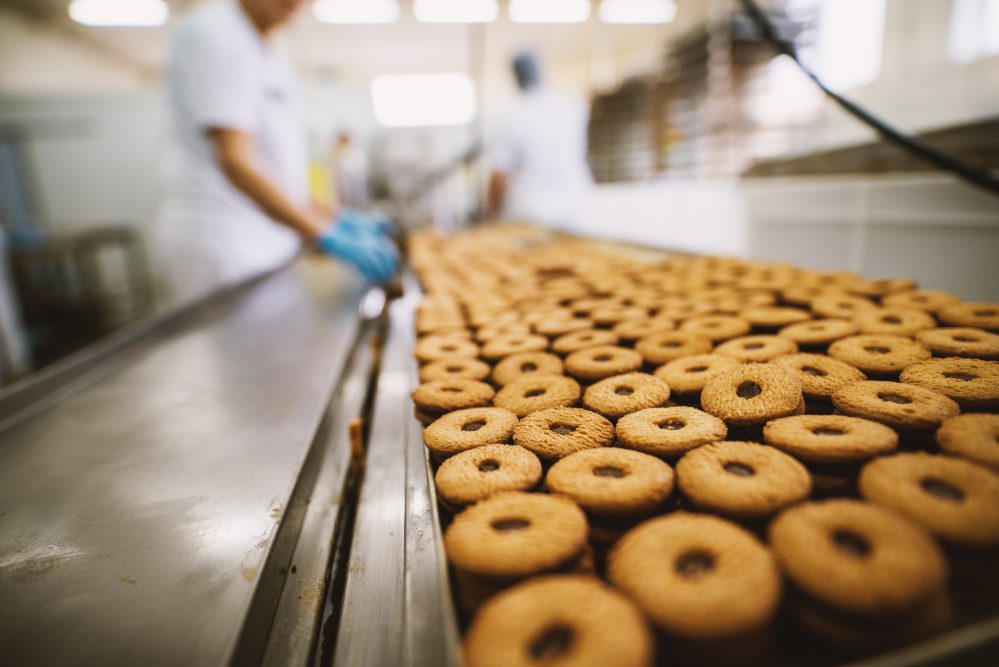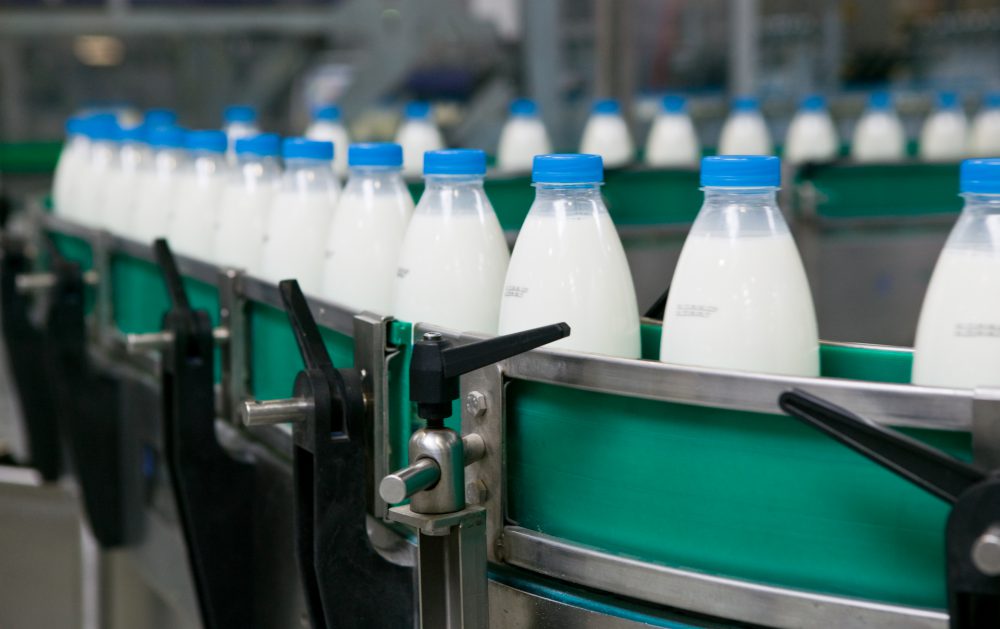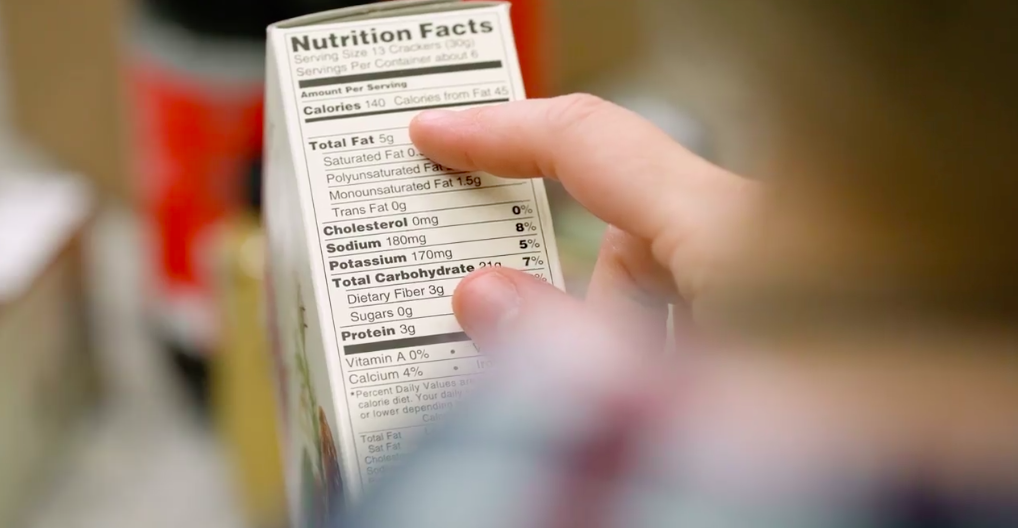How to Design Efficient Product Flow into a New Food Plant
Product flow inefficiencies can create a detrimental domino effect within your food and beverage business. When your processing “chain” has breaks and delays, it can cost money, waste time, jeopardize food quality and introduce safety hazards on the production floor.
In last week’s post, we discussed how to detect product flow problems in an existing facility and how to improve them. Now, we’ll focus on how to ensure a new facility is set up for success from receiving to shipping and everything in between.
The ultimate key to success is designing a plant that is linear so that product moves seamlessly downstream through each of the below steps without interruption.
Let’s take a look at those individual steps and how to optimize each for efficient product flow.
Continue Reading “How to Design Efficient Product Flow into a New Food Plant”





![How a Facility Assessment Helped Royal Cup Coffee Build, Expand and Renovate Efficiently [Case Study]](https://stellarfoodforthought.net/wp-content/uploads/2017/01/Screen-Shot-2017-01-25-at-10.59.02-AM.png)




![[VIDEO] In Their Words: An Inside Look at Expanding a State-of-the-Art Coffee Plant](https://stellarfoodforthought.net/wp-content/uploads/2017/03/Screen-Shot-2017-03-08-at-11.06.02-AM.png)